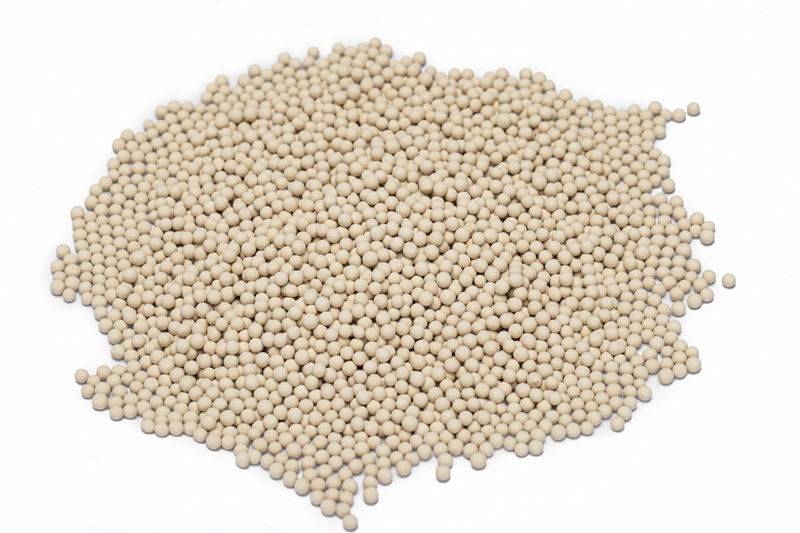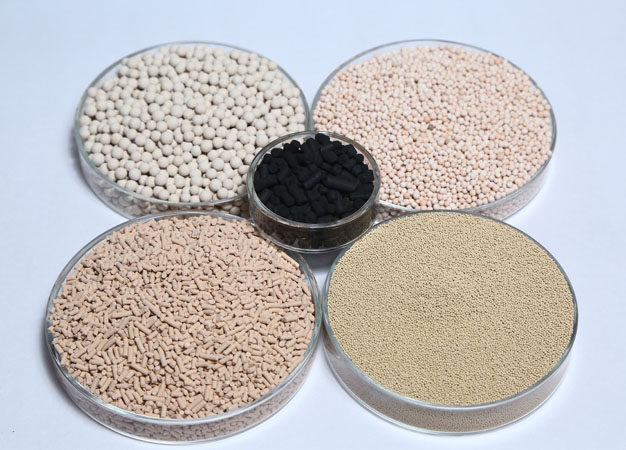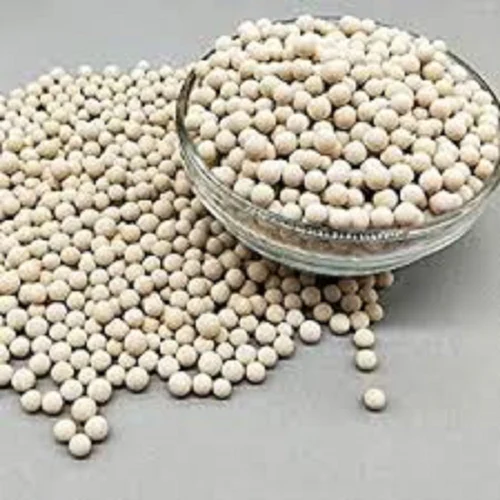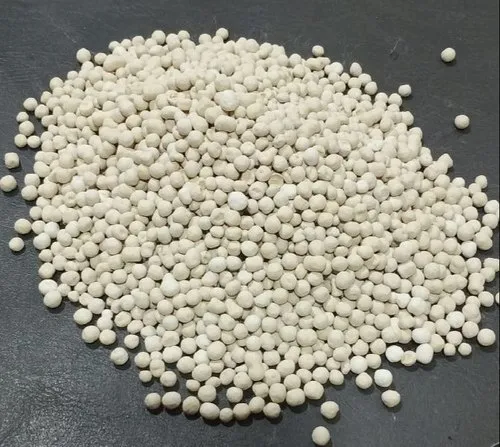Description
Molecular Sieves: The Unseen Heroes of Hydrocarbon Drying
In the intricate processes of the petrochemical industry, the presence of even trace amounts of water can wreak havoc, leading to corrosion, catalyst poisoning, and the formation of unwanted byproducts. That’s where molecular sieves step in as the unsung heroes of hydrocarbon drying, ensuring the purity and efficiency of these vital industrial processes.
What are Molecular Sieves?
Molecular sieves are crystalline aluminosilicates with a unique, highly porous structure. Imagine a microscopic sponge with precisely sized pores. These pores, controlled at the atomic level, act as selective filters, allowing molecules smaller than the pore size to be adsorbed while excluding larger ones. This molecular “sieving” capability makes them exceptionally effective at removing water and other contaminants from various gas and liquid streams.
Why is Hydrocarbon Drying Crucial?
Hydrocarbon drying is a critical step in numerous applications, including:
- Natural Gas Processing: Removing water from natural gas pipelines prevents the formation of hydrates, which can cause blockages and reduce flow efficiency.
- Refining Processes: Water can deactivate catalysts used in processes like catalytic reforming and isomerization, hindering the production of valuable fuels and chemicals.
- Petrochemical Production: Many petrochemical reactions are highly sensitive to water, which can lead to undesirable side reactions and product degradation.
- Ethylene Production: Water can cause corrosion in ethylene production units and react with ethylene to form undesirable byproducts.
How do Molecular Sieves Work for Hydrocarbon Drying?
Molecular sieves are typically used in fixed-bed adsorption systems. The wet hydrocarbon stream is passed through a bed of molecular sieves. The water molecules, being smaller than the pore size, are trapped within the sieve’s structure through physical adsorption. The dried hydrocarbon stream then exits the bed.
Over time, the molecular sieve becomes saturated with water. To restore its adsorption capacity, a regeneration process is required. This usually involves heating the bed to drive off the adsorbed water using hot gas, typically nitrogen or dry hydrocarbon gas. The process can be repeated many times, making molecular sieves a cost-effective and efficient drying solution.
Advantages of Using Molecular Sieves:
- High Drying Capacity: Molecular sieves offer a high capacity for water adsorption, allowing for efficient drying of hydrocarbon streams.
- Selectivity: The precisely sized pores ensure that only water molecules are adsorbed, minimizing the loss of valuable hydrocarbons.
- Regenerability: Molecular sieves can be regenerated multiple times, making them a sustainable and cost-effective drying solution.
- Wide Range of Applications: They are suitable for drying various hydrocarbon streams, from natural gas to liquefied petroleum gas (LPG) and naphtha.
- Robustness: Molecular sieves are chemically inert and mechanically strong, allowing them to withstand harsh operating conditions.
Types of Molecular Sieves for Hydrocarbon Drying:
Several types of molecular sieves are commonly used for hydrocarbon drying, each with specific pore sizes and adsorption characteristics:
- 3A Molecular Sieves: Ideal for drying unsaturated hydrocarbons like cracked gas and propylene. They selectively adsorb water while excluding larger unsaturated molecules.
- 4A Molecular Sieves: Effective for drying gases and liquids with larger molecular sizes, often used in general-purpose drying applications.
- 5A Molecular Sieves: Used for separating normal and branched paraffins, and can also be used for drying specific hydrocarbon streams.
- 13X Molecular Sieves: Suitable for drying bulk gases and large molecules.
Conclusion:
Molecular sieves are indispensable in the petrochemical industry, playing a crucial role in ensuring the purity and efficiency of numerous processes. Their unique molecular sieving capabilities, high drying capacity, and regenerability make them a cost-effective and reliable solution for hydrocarbon drying. As the demand for high-quality petrochemical products continues to grow, the importance of molecular sieves in maintaining process efficiency and extending equipment lifespan will only continue to increase. Their contribution, although often unseen, is vital to the smooth and efficient operation of the modern petrochemical industry.












Reviews
There are no reviews yet.